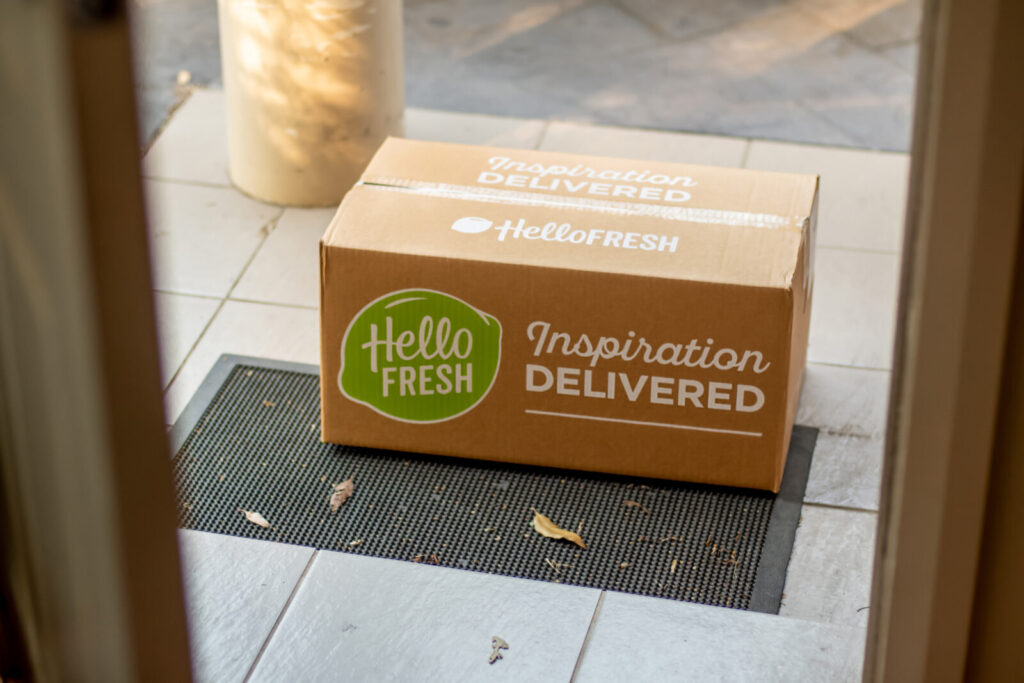Brief • 2 min Read

What Is Brand Protection?
Your brand identity is one of the most important aspects of a successful marketing strategy and must be continuously protected. In order to retain the equity and trust your team has built with target audiences, brand protection from outside attacks should be a central tenet of any crisis management strategy.
Brand protection is the series of direct actions designed to prevent bad actors from taking advantage of your brand equity, including your intellectual property (IP) or trademarks, illegally. Not only can brand attacks disrupt your messaging efforts, but it can ultimately impact your bottom line.
In order to protect your brand from these attacks, your team must constantly monitor customer sentiment and proactively evaluate for signs of crisis. QuestBrand is packed with tools that aggregate and analyze real-time consumer feedback from a variety of touchpoints, making it possible to find these bad actors before they can significantly tarnish your brand’s image.
Common Brand Attacks
Brand attacks come from a variety of directions, all of which can be extremely harmful to your image. The most common brand attacks include:
- Counterfeiting: Manufacturing and distribution of imitation goods without permission. Counterfeit products can range from low-end duplicates of your product to incredibly realistic copies that can be difficult to differentiate. Counterfeiting can make it hard to spot the real products from the fake ones, and it can be even harder to track and end fraudulent production.
- Trademark infringement: Unauthorized use of a company’s logos, patterns, and shapes associated with a brand. Firms secure trademarks to allow customers to easily differentiate similar products and services from one another in the marketplace.
- Copyright piracy: Unauthorized copying of any work protected by copyright law, such as video, photograph, audio, or any other IP. Copyright infringement is one of the most frequent brand attacks and should be monitored even more closely.
- Social media impersonation: A relatively new attack where bad actors set up fake social media accounts intended to scam users or sell counterfeit goods. This is a difficult attack to police as bad actors can make unlimited profiles for free, even if they are blocked or banned from specific sites.
- Patent theft: Making and selling a product that has exclusive rights granted by a governmental patent authority. Patents are exclusive rights granted to a particular product, technology, or process by a governmental authority for a period of time.
- Copycat websites: Imitation web pages designed to sell counterfeit products. These websites may look similar to the original sites, which can make them easy traps for unwitting consumers.
Why is Brand Protection Important?
Brand protection can be the difference between your business effortlessly squashing external attacks from bad actors and continuously fighting against bad publicity caused by counterfeits or infringement. There are a number of short-term and long-term impacts that can result from unexpected or unstoppable brand attacks, such as:
- Destruction of brand equity
- Impact on company reputation
- Loss of customer trust
- Revenue loss from counterfeit products
- Liability risks – partnerships and endorsements can be lost
- Patent forfeiture
Due to the increase in online shopping, social media influence, and our reliance on the internet, online brand protection has become more important than ever. These trends can make brand attacks much more severe and widespread, and lead to major crises. To avoid these consequences, it’s vital to have a strong crisis management strategy in place, which includes the proactive continuous tracking of customer sentiment on a continuous basis in order to stay ahead of the curve of early signs of crisis.
How to Protect Your Brand: Safeguard Strategy
Formulating a brand protection plan isn’t necessarily a difficult process to undertake. Here are actionable steps that your team can take to safeguard your brand equity.
- Register Intellectual Property – The first step of any brand protection plan is to register your IP to secure an official record of your idea. A comprehensive IP portfolio will help protect against other businesses raising objections against your content.
- Secure Patents for Inventions – Anytime you invent something new that solves a problem, it’s imperative that you get it patented. This will ensure that your business will be the official owner of that technology or product, making counterfeit or piracy easily identifiable.
- Social Media Monitoring – Monitoring social media may seem like an unimportant measure, but it’s actually the best way to find counterfeit products or infringement. Social media disseminates information at an incredible rate and using it as a tool to monitor for any brand attacks can be very effective.
- NDAs With Partners – Non-disclosure agreements (NDAs) are legally binding contracts that prevent employees and contractors from using information they’ve gained from a company elsewhere. NDAs act as a form of legal protection against internal and external partners from becoming a potential bad actor.
- Implement Brand Sentiment and Perception Tracking Tools – Tools like QuestBrand can be a helpful way to monitor brand sentiment and perception as it relates to potential bad actors. These tools make it easy to see if audiences have encountered a fake so you can eliminate a threat much more quickly.
- Online AI to Track Mentions, Keywords, and Logo Usage – Along the same lines as social media monitoring, AI can be a powerful tool for finding out where and how your brand is being mentioned. This measure can range from finding ads on undesirable websites to flagging mentions on forums and threads where it’s being talked about in a negative light.
- Educate Customers on How To Spot a Fake – Lastly, it may be worth it for you to educate your customers about the potential fakes they may encounter and how to report them. This candor will not only help prevent brand attacks but it can also improve customer sentiment.
If you sell a trademarked item or have valuable brand equity, having tools in place to remain aware of brand sentiments and perceptions will allow you to understand if your brand is being harmed. QuestBrand has features that could provide supplemental brand protection services in helping catch many of the warning signs of brand abuse early on before things get out of hand – including brand perception and competitive intelligence.
Reach out for a demo to learn more about QuestBrand!
Subscribe for more Insights
Subscribe to our newsletter for the latest trends in business, politics, culture, and more.
Related Content









